Three rather different elements are thrown into the pot to create tonight's blogpost.
First, an aside - this blog has a google page rank of 6, while the main site index page has a page rank of 5. That's a bit odd. Am I spending too much time blogging?

The first element is some telly. It's not often that I sit down in front of the TV - even though the last two nights have seen Fiona and I get through four episodes of the West Wing (we're on series 3) - but tonight I watched the second program of
Hugh's chicken run on C4.
Hugh Fearnley-Whittingstall is on a mission to wean the nation off intensively reared chickens. But denied access to film in the 'battery farms', he creates two scaled down chicken farms of his own in adjacent sheds, one free range and one intensive. I enjoyed the program, and I'm highly sympathetic to its aims: I believe we have a strong moral duty to treat with kindness the animals we are going to eat.
But I think this program may backfire, in part because of the honest intent shown by the program makers. Because I'd expected battery farming to look a lot worse than the vision of it presented by Hugh.
My preconceptions: I had thought the chickens were kept in small cages, and had their beaks clipped to prevent them from pecking holes in their neighbours, and that many of them died and were left to rot
in situ. Instead, they are just kind of crowded and never see the sunlight, and the weak or sick are removed and sacrificed. It's not pretty, but it's better than I had anticipated.
The emotional bit in the program is when Hugh breaks down in tears because he has to finish off two sick birds in the same day. Look, I would hate to have to kill a chicken. But this is the man who raises pet pigs for the pot. I thought he was made of sterner stuff.
Still, despite the criticisms, I'll continue buying free range chickens (which are reared the same way, but in less dense situations, with bales of hay, plastic footballs, suspended CDs and access to an outdoor area). But the program makers are spinning this one out a bit with lots of shots of Hugh in his red Land Rover and various contrived reality TV moments. Hugh is very good on camera, though.
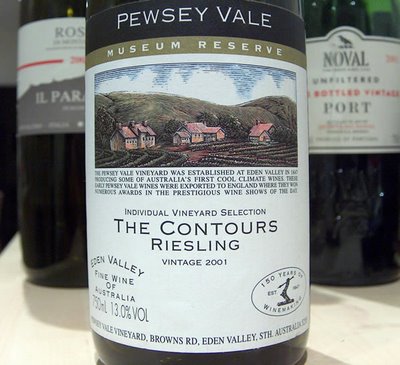 The second element is a really nice Riesling.
The second element is a really nice Riesling.
Pewsey Vale 'The Contours' Museum Release Riesling 2001 Eden Valley, Australia
Intense, fresh, limey nose with a pronounced spicy quality, and a bit of honey and toast. The palate is bone dry and piercing with high acidity, a lemony zing and an attractive freshness. It's quite complex and not too petrolly, with a delicious, precise 'nervous' sort of quality. Not heavy or phenolic. 91/100 (RRP - £10.99 Stockists: Berry Bros & Rudd, Selfridges & Co, Australian Wines Online, Premier Vintners, Free Run Juice, Averys of Bristol, Layton Wine Merchants, The Wineman)
The third is a delicious, affordable, quaffable Chilean Shiraz.
Marks & Spencer Fairtrade Shiraz 2007 Curico Valley, Chile
From Vinos Los Robles, this is really appealing. It's vibrant, juicy and aromatic, showing red and black fruits with a nice spiciness, and a savoury twist. It's fresh and quite pure, and lacks that off-putting rubbery greenness that some Chilean reds show. This isn't a wine to beat you around the head: it's really nicely balanced. Savoury finish. 85/100 (£5.49 Marks & Spencer)
Labels: Australia, Chile, food, Riesling, Shiraz, TV
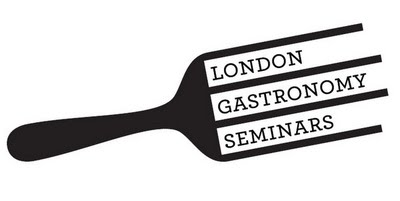
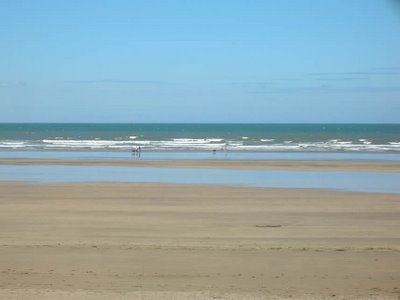

 The second element is a really nice Riesling.
The second element is a really nice Riesling.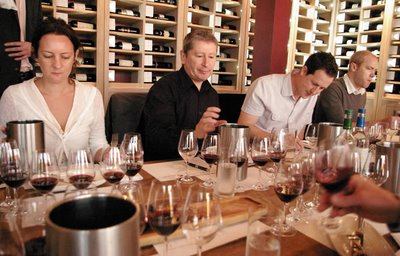
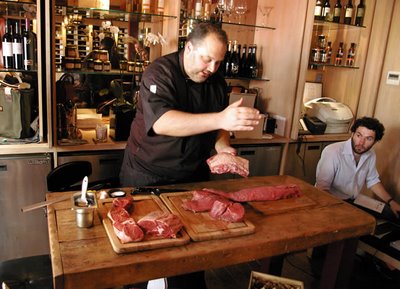
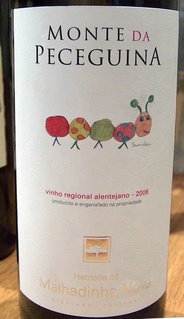
 The web log of wine journalist Jamie Goode. Feel free to nose around; your comments are welcome
The web log of wine journalist Jamie Goode. Feel free to nose around; your comments are welcome 
